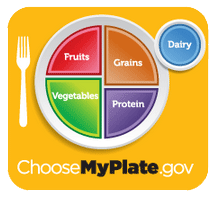Poultry is more than just chickens! There are different types of poultry raised in Texas Including turkeys, geese, ducks, guineas, peafowl, pigeons, quail, and chickens. Poultry is vital to the Texas economy… and your plate!
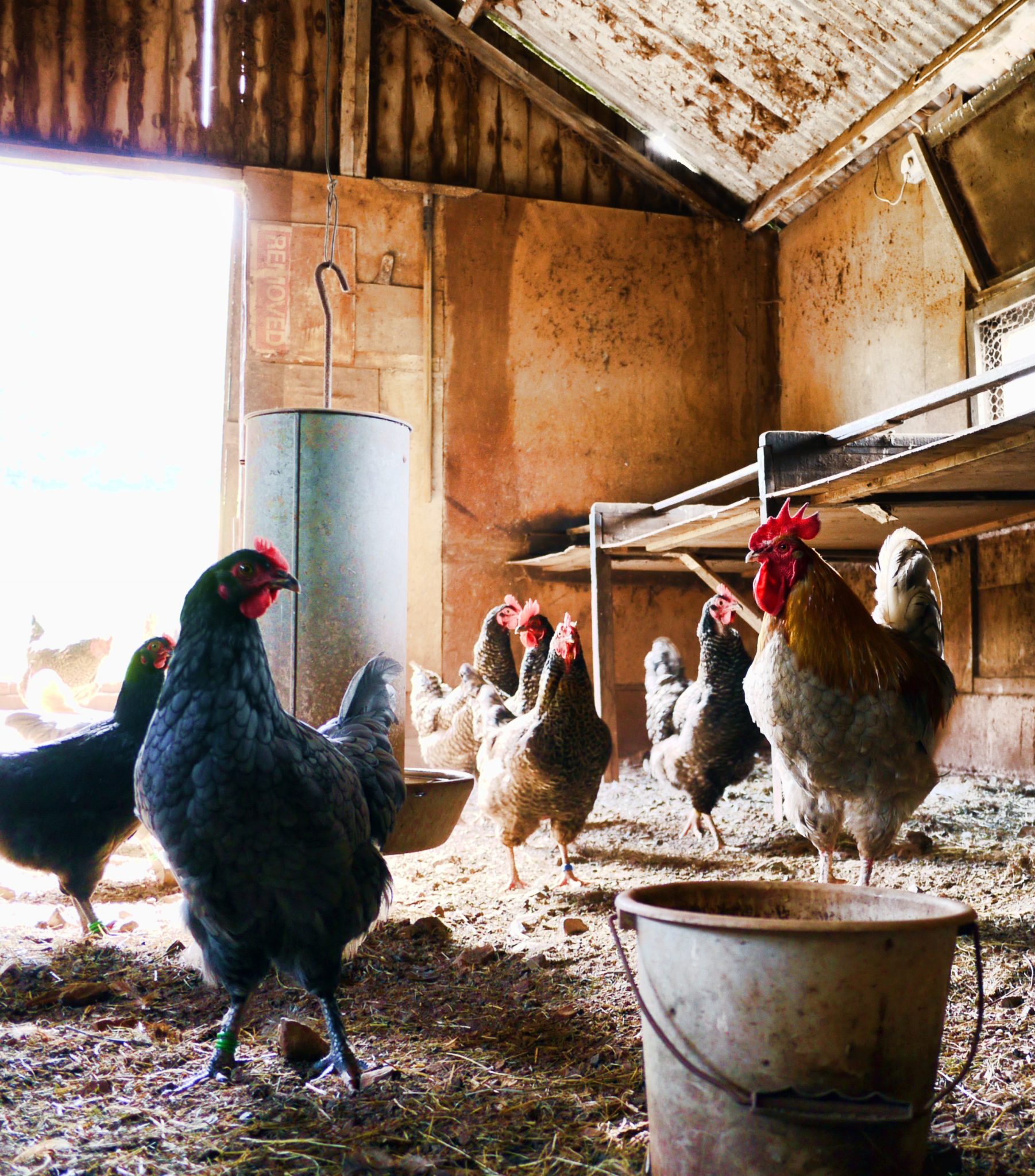
Production
In Texas, broiler chickens and turkeys are the primary poultry grown for meat production. Broiler is the name given to chickens raised for meat.
There are approximately 625 million broiler chickens and 6.5 million turkeys raised in Texas. These types of poultry are primarily grown on family farms by farmers who have contracts with processing companies. There are approximately 800 contract farms in Texas that grow broilers and turkeys.
Poultry farms are primarily located in East and South Central Texas. Shelby Country in East Texas ranks seventh in the United States for poultry and egg production at $448.6 million. Gonzales County ranks ninth in the U.S. at $402 million.
Modern poultry facilities provide optimum conditions for the birds to grow. Broilers and turkeys are grown in poultry barns where temperature, humidity, lighting, ventilation, air quality, litter, feed, and water are constantly monitored.
Eggs from laying hens are also a top commodity produced in Texas.
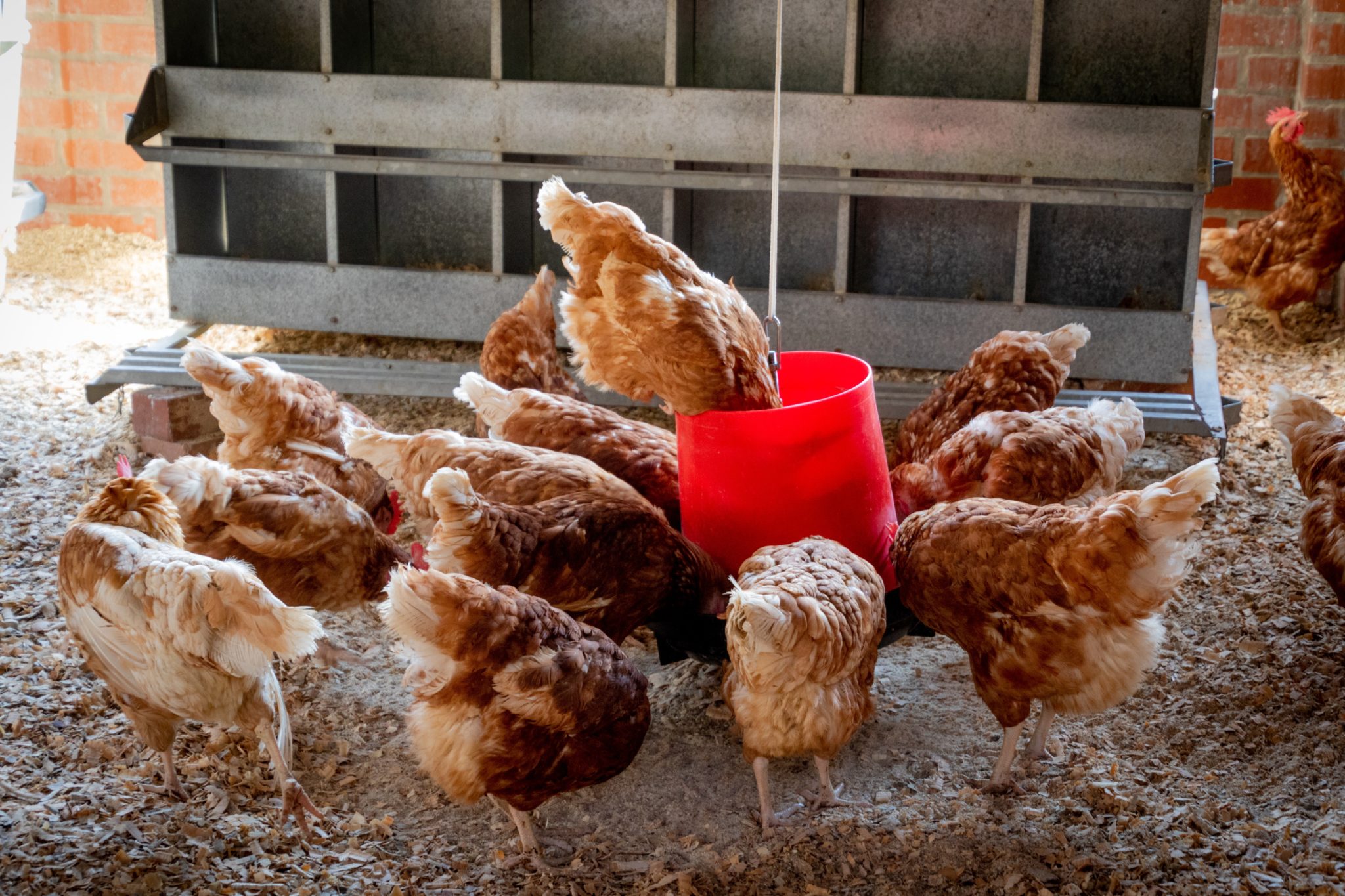
Production Cycle
- Broiler Breeders – This is the first segment of the broiler industry. These farms produce fertile eggs that develop to produce broilers.
- Hatchery – The hatchery is responsible for the incubation and hatching of the chicks from fertile eggs obtained from the broiler breeders.
- Grow-out Farms – Chicks are transported in climate-controlled trucks to the third segment of the broiler industry, called the grow-out farm. This is where the broilers are raised.
- Processing – Once the birds reach market weight, they are transported to processing facilities where they are processed for meat and by-products.
Turkeys are processed similarly to broilers, however, they are raised a bit differently. Male turkeys, called toms, are raised separately from the females, called hens.
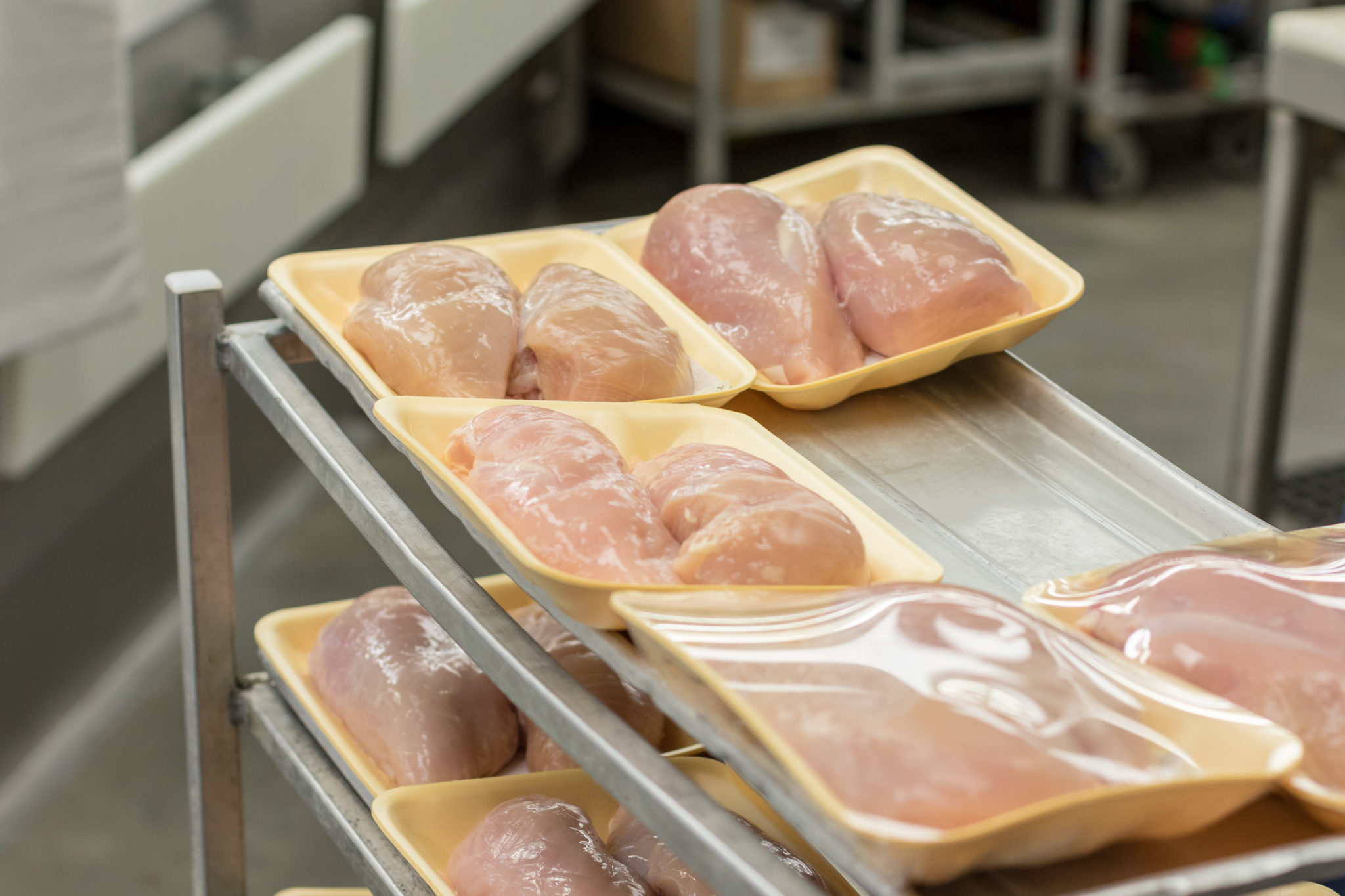
Processing Poultry
On average, the farms where these birds are raised are less than 1 hour away from the processing plant. This is important so that transport time, bird weight loss, and death loss is minimized.
These birds are transported in coops that are large enough for the birds to sit comfortably, but small enough to keep them from flapping around which could cause injuries.
Whole broilers, wings, filets or tenders, thighs, and drumsticks are some of the products that are prepared for delivery to the grocery store.
Further processing of poultry meat creates products that are cut up, de-boned and skinned, ground, marinated, chopped and formed, breaded, glazed, panfried, oven roasted, fried, chargrilled, and individually quick frozen. This also creates different product forms such as patties, nuggets, tenders, filets, wings, drums, and thighs.
Once the products are processed, they are shipped from the processing plant fresh or frozen, raw or further processed. Products may be shipped in temperature controlled trucks or by train. Some products may be exported to other countries on ships.

Poultry By-Products
In addition to many edible products that come from poultry, they also provide a number of inedible by-products. These include:
- Fertilizer
- Pet food
- Feather boas
- Cosmetics
- Upholstery foam
- Diapers
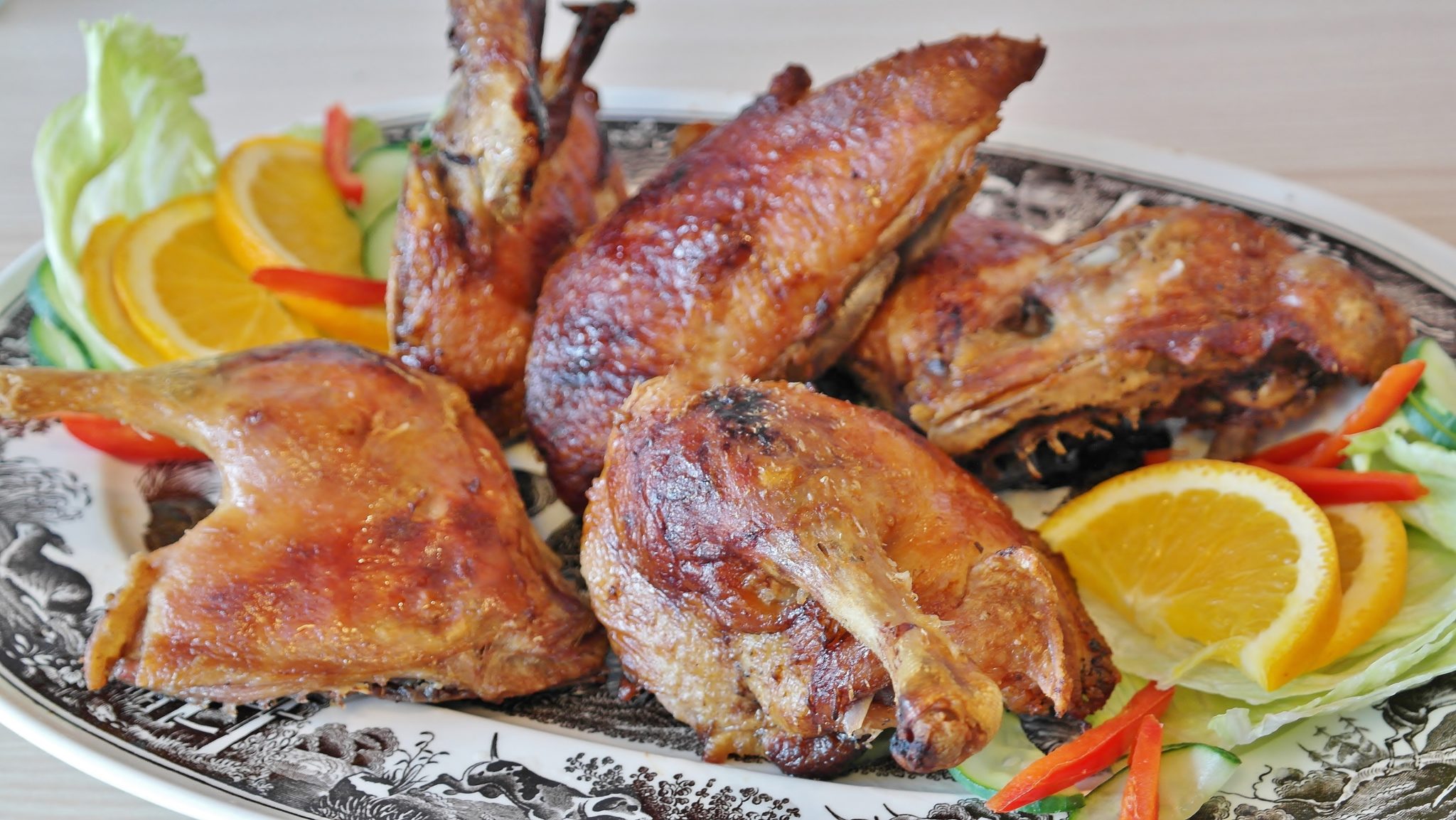
Health and Nutrition
The USDA MyPlate recommends that we consume 5-6 ounces per day of lean protein and poultry, such as chicken or turkey, is a great option! Americans consume more chicken than anyone else in the world.
One 3 ounce skinless, boneless chicken breast provides:
- 120 calories
- 3 grams of fat
Chicken is also naturally low in sodium and a good source of protein and Vitamin B6.
Turkey has the lowest number of calories and the least amount of fat per ounce compared to the top eleven proteins consumed in the U.S.
References
National Chicken Council (2016). Broiler Chicken Industry Key Facts. Retrieved from http://www.nationalchicken-council.org/about-the-industry/statistics/broiler-chicken-industry-key-facts/
National Chicken Council (n.d.). The nutritional value of chicken. Retrieved from http:// www.nationalchickencoun-cil.org/chicken-the-preferred-protein-for-your-health-and-budget/the- nutritional-value-of-chicken/
Smith, D.P. (2014). Poultry processing and products. In S. Clark, S. Jung, & B. Lamsal (Eds.), Food pro- cessing: princi-ples and applications (pp. 549-566). Hoboken, NJ: John Wiley & Sons, LTD. Re- trieved from http://nfscfaculty.tamu. edu/talcott/courses/FSTC311/Textbook/24-Chapter%2024% 20Poultry%20Processing%20and%20Products.pdf
Texas A&M AgriLife Extension Service (2011). Nutrient needs at a glance. Retrieved from http:// counties.agrilife. org/palopinto/files/2017/10/Nutrient-Needs-At-a-Glance.pdf
Texas Agricultural Extension Service (1991). Prepare meat and poultry safely. Retrieved from http:// aglifesciences. tamu.edu/posc/wp-content/uploads/sites/20/2012/08/l-5004.pdf
Texas AgriLife Extension (2006, December). Poultry q & a. Retrieved from http://aggie- horticulture.tamu.edu/or-ganic/files/2011/02/JB-Carey-Poultry-QA.pdf
US Poultry and Egg Association (n.d.). Broiler production. Retrieved from https://www.uspoultry.org/educationprograms/PandEP_Curriculum/Documents/PDFs/Lesson5/BroilerProductionver2Pres.pdf
